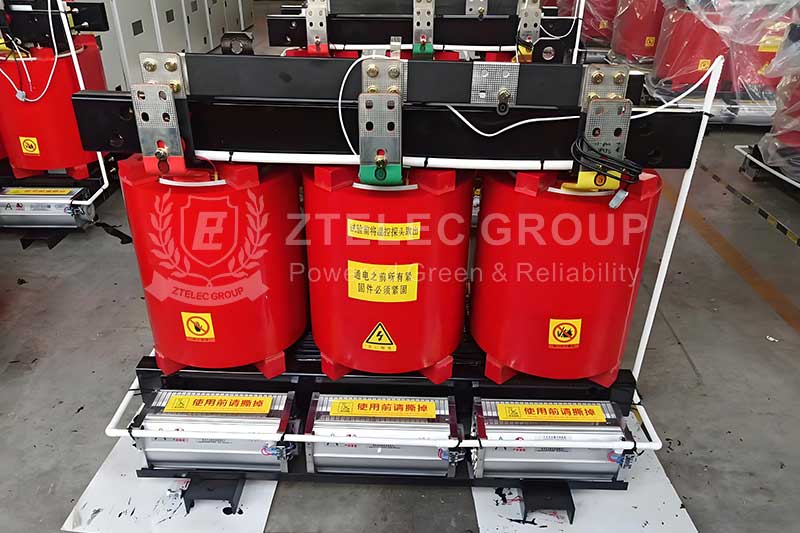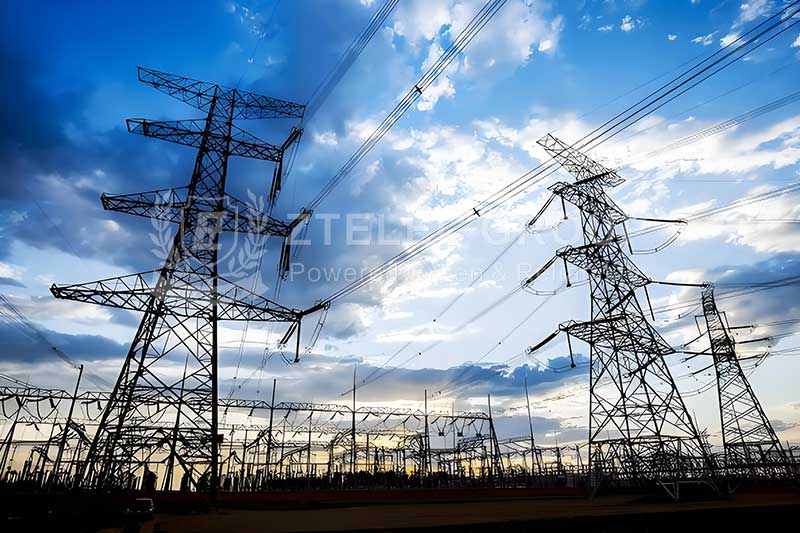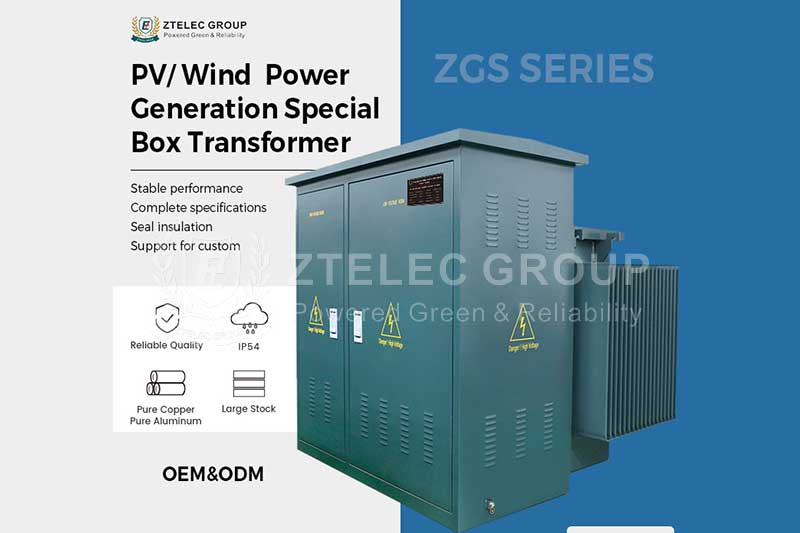How to choose a transformer?
Time:2024-11-11 Auther:ZTelec-www.ztelectransformer.com
Whether it is for home use or industrial fields, choosing the right transformer can ensure the stable supply of power and the normal operation of equipment. When choosing a transformer, there are several key factors to consider.
First, it is very important to understand the power capacity required. The power capacity of the transformer should match the total power requirements of the required power supply equipment. In order to determine the required capacity, you need to calculate the power ratings of all the equipment and select the appropriate transformer capacity based on these values.
Secondly, the input and output voltages of the transformer need to be considered. Make sure the input voltage of the transformer matches the grid voltage in your area.
At the same time, the output voltage of the transformer needs to be compatible with the rated voltage of the required power supply equipment. This can avoid damage to the equipment due to voltage mismatch.

In addition, the efficiency of the transformer is also an important consideration. High-efficiency transformers can convert electrical energy more efficiently and reduce energy waste. Therefore, when you choose transformers, you should select high efficiency products .
Finally, the safety and reliability of the transformer should also be considered. Choose reputable manufacturers and brands that provide products that meet relevant safety standards and provide appropriate warranty and after-sales service.
By carefully researching and selecting the right product, you can ensure that you get the right quality transformer for your needs to provide a stable and reliable power supply.
How to determine the reasonable capacity of the transformer?
Meet the load demand: The rated capacity of the transformer should be able to meet the needs of all the load, which can avoid the transformer in the overload state for a long time. For a single transformer with steady load power supply, the load rate is generally about 85% .
Avoid the phenomenon of “big horse-drawn trolley”: If the transformer capacity is too large, it will lead to increased equipment investment. And the transformer will be in no-load state for a long time, increasing reactive power loss. If the capacity selection is too small, it will make the transformer long-term overload, which is easy to damage the equipment .

Maximum efficiency: The efficiency of the transformer is the highest when the load rate is between 63% and 67%, so this efficiency point should be considered when selecting the capacity .
Economic considerations: No-load loss and load loss of the transformer will affect the power factor of the power grid and the overall network loss. Choose the appropriate capacity can reduce these losses and improve the economy .
The location of the distribution transformer: The distribution transformer should be located in the load center as far as possible, and the power supply radius should not exceed 0.5 km to reduce line loss.
By taking these factors into consideration, the reasonable capacity of the transformer can be determined to ensure that it can meet the load demand and achieve the optimal economy and efficiency.




